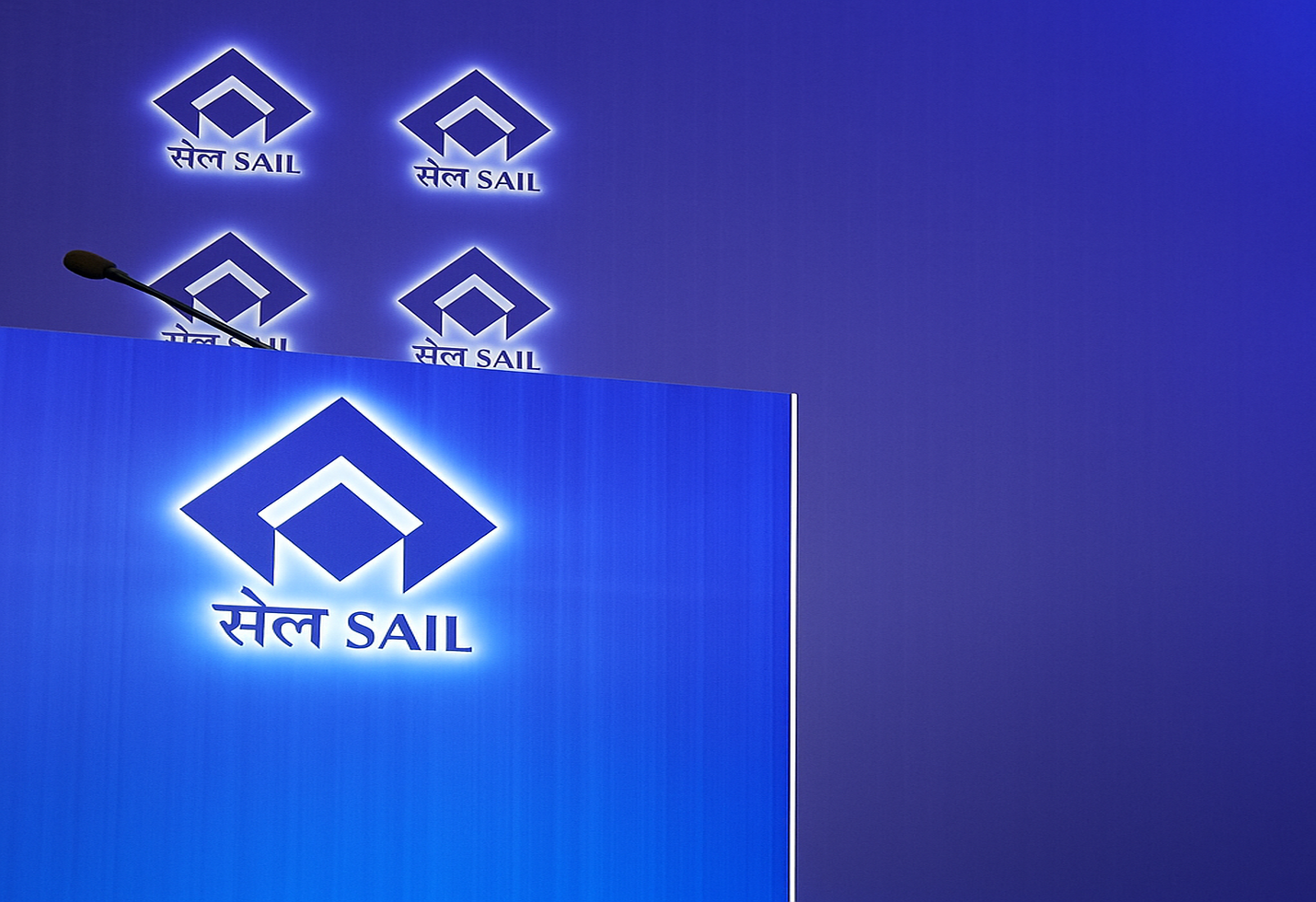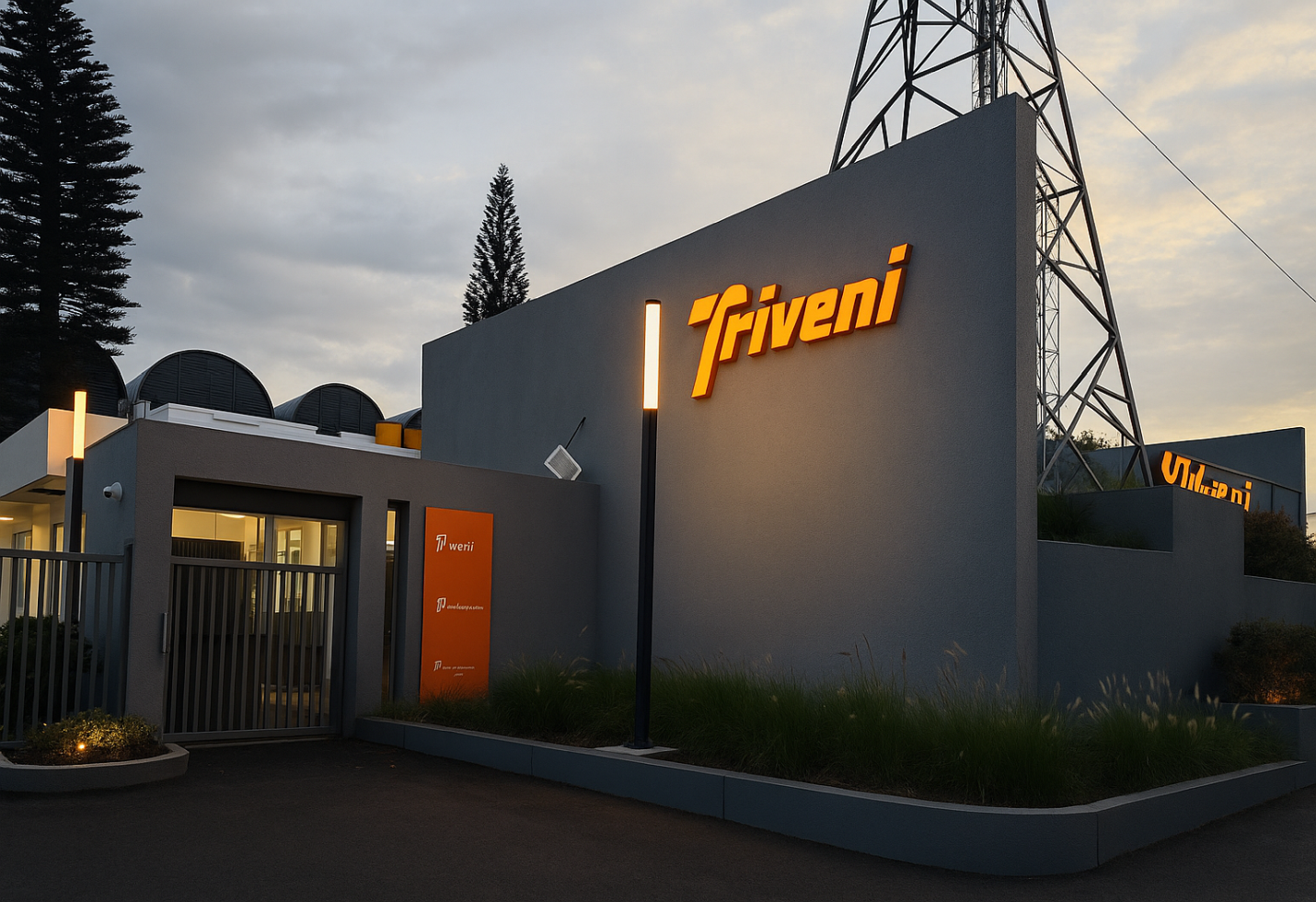India’s Insecticides Q4 Profit Increases 85%, Shares Rise 8%
Shares of Insecticides India Limited, a key player in the agrochemical industry, soared by 8% after the company reported impressive fourth-quarter financial results. For the quarter ending March 2025, the company recorded an 85% year-on-year (YoY) increase in net profit, significantly boosting investor sentiment.
The strong earnings print reflects a mix of improved demand, better operational performance, and a favorable market environment for crop protection products. The announcement has drawn attention from retail and institutional investors alike, pushing the stock higher during intraday trading.
Financial Highlights: Profit Nearly Doubles
In Q4 FY25, Insecticides India reported a net profit of ₹58.3 crore, up from ₹31.5 crore in the same quarter last year. This impressive rise in profit came on the back of a 22% jump in revenue, which reached ₹508 crore, compared to ₹417 crore in Q4 FY24.
The company’s operating margin also improved significantly. EBITDA stood at ₹96 crore, and margins expanded to 18.9%, a sharp increase from the previous year. Efficient cost management and a favorable product mix contributed to this margin expansion.
What Drove the Growth?
The company attributes its stellar performance to a number of strategic initiatives:
• Launch of new high-margin products in domestic markets.
• Expanded global footprint, especially in emerging export destinations like Latin America and Southeast Asia.
• Costs were reduced through the optimization of manufacturing and distribution procedures.
• A favorable monsoon forecast that improved rural demand for agrochemicals.
Management noted that the fourth quarter benefited from seasonal tailwinds and rising awareness about crop protection among Indian farmers.
“Our focus on innovation and market expansion is beginning to pay off. We’re optimistic about sustaining this growth trajectory,” said the company’s Managing Director in a post-results briefing.
Export Business Gains Momentum
The export segment continues to be a strong growth engine for Insecticides India. The company now derives nearly 30% of its revenue from overseas markets—a figure expected to rise in coming years.
Its strategy to target niche geographies with tailored formulations has helped differentiate the brand globally. Regulatory clearances in multiple countries have also opened up new avenues for growth.
“The consistent rise in export contribution gives us a buffer against domestic market fluctuations,” the CFO remarked.
Positive Outlook for FY26
Insecticides India is aiming for more growth in FY26 after being encouraged by its Q4 results. The company plans to invest around ₹150 crore over the next two years to scale up its manufacturing capabilities and bolster its R&D infrastructure.
A significant share of the planned investment will go toward upgrading existing production facilities and introducing newer, environmentally friendly crop protection solutions.
Management also emphasized their intent to move toward backward integration, aiming to reduce dependence on imported raw materials and improve long-term margins.
Stock Market Reaction
Following the earnings announcement, Insecticides India stock witnessed an 8% intraday rise. The outcomes were seen by analysts as evidence of outstanding execution and operational resiliency.
Brokerages praised the company’s strategic focus and rising profitability. Some even revised their price targets upward, citing positive earnings visibility and growing export potential.
One equity analyst commented, “This quarter’s numbers demonstrate the company’s ability to navigate challenges while capitalizing on sector opportunities. With monsoon conditions expected to remain normal, we may see continued momentum in the coming quarters.”
Agrochemical Sector Trends
The broader agrochemical industry in India is also showing signs of revival after a period of soft demand. Government initiatives promoting scientific farming, along with improving farm incomes and favorable crop cycles, have lifted sector sentiment.
With its wide range of products and robust rural network, Insecticides India is ideally positioned to benefit from this comeback.
Conclusion
Insecticides India has delivered a standout performance in Q4 FY25, with an 85% YoY increase in net profit and a strong revenue growth of 22%. The robust results led to an 8% jump in its stock price, reflecting investor confidence. With aggressive expansion plans, a rising export presence, and a positive industry outlook, the company appears set for continued growth in the coming financial year.
The image added is for representation purposes only










